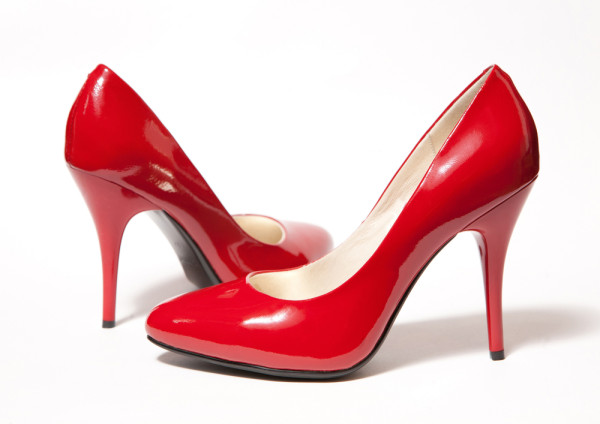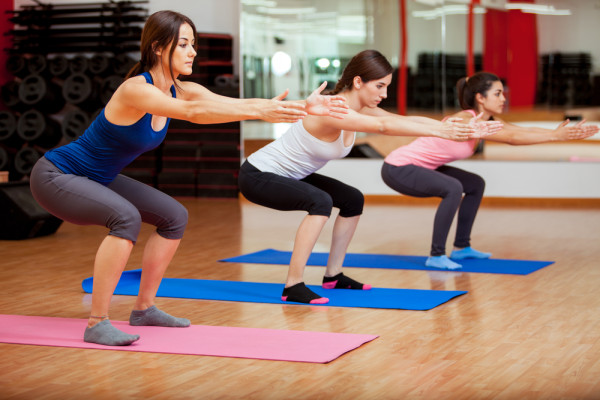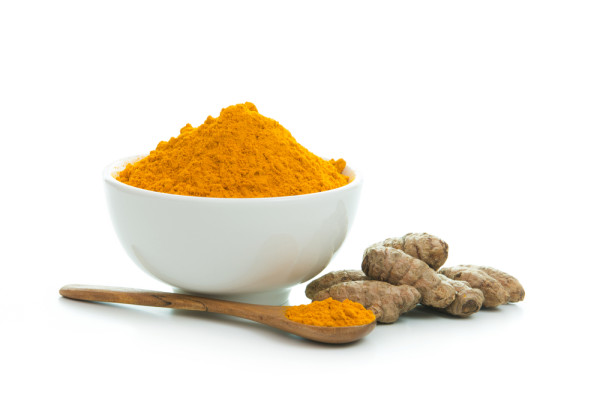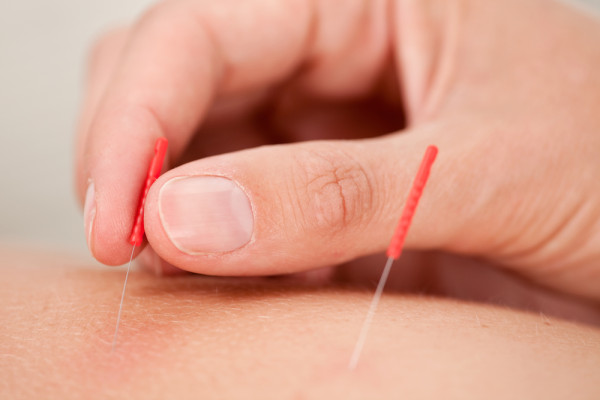Five years ago, almost to the day, I was diagnosed with pretty severe knee osteoarthritis. I was a on the young side for this condition: I was still in my late 20s although my doctor said my knees were more like those of an 80-year-old. The good news was, and still is, that while I suffer from occasional swelling in my joints I don’t really experience much pain. This is part luck, and part careful planning. If you’re been feeling any extra aches or have a diagnosis of knee osteoarthritis here are some tricks that have helped me minimize any discomfort and will allow me to put off treatment (i.e., a knee replacement) for as long as possible:
1. Ditch the high heels. Funny but true: This was probably the hardest lifestyle change to make. I was living in New York where shoes are a real part of the dress code. But I had flashes of pain each time I walked down the stairs in them, or stood for long periods of time. If osteoarthritis is a wearing down of the cartilage between the bones I realized that this was one thing I needed to avoid in order to give my knees TLC.
2. Add strength training. There’s an easy, science tested way to take pressure off the joints: Strengthen the muscles around them to support the load. For knee osteoarthritis, moves like squats and leg extensions are a surefire way to get stronger legs and less burdened joints.
3. Think twice before running and jumping. If your goal is to minimize pressure on your knees, it’s time to reconsider exercises that really pound your legs. Running, jumping rope, and even some boot camp moves may be out. If you plan to take a fitness class that might include these arrive early and talk to your instructor. There are a ton of alternative moves that can help you get in a great workout that feels good on your body.
4. Add more low-impact exercise. Cycling (indoor and outdoor) and yoga have proven to be great ways to stay active without putting a lot of pressure on the joints. But, swimming is the ultimate low-impact form of cardio so if you’re looking for a burn that keeps you entirely off your feet.
5. Watch the sugar. Swelling from overuse is, of course, a type of inflammation. But a lot of other things can cause inflammation too, including what you eat. Sugar is one of the biggies in this area—limiting your sugar intake, particularly refined sugars, can help your body function better.
6. Add more spice. Several common spices like turmeric and ginger can help fight inflammation. Adding these to your meals will help add extra flavor to your food and also keep your body from reacting quite as strongly to minor irritations.
7. Eat lots of veggies. My doctor told me the best thing I could do for my knees was to stay strong and slim. The less weight my joints have to support the better off they are. A healthy diet of lean proteins and lots of veggies will help you keep your weight down, and it may even help prevent osteoarthritis from getting worse.
8. Try alternative care. Research suggests that a number of alternative treatments, from acupuncture to fish oil and glucosamine supplements, can help ease the aches associated with osteoarthritis. So shop around and see what works for you.
Also Read:
Eat Fewer Tomatoes to Reduce Arthritis Symptoms
The Anti-Arthritis Diet: How to Tap into the Healing Powers of Food
Yoga Hands Gets a High-Five When it Comes to Pain Relief








